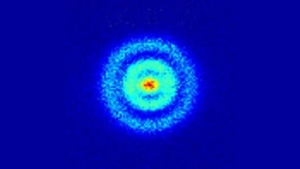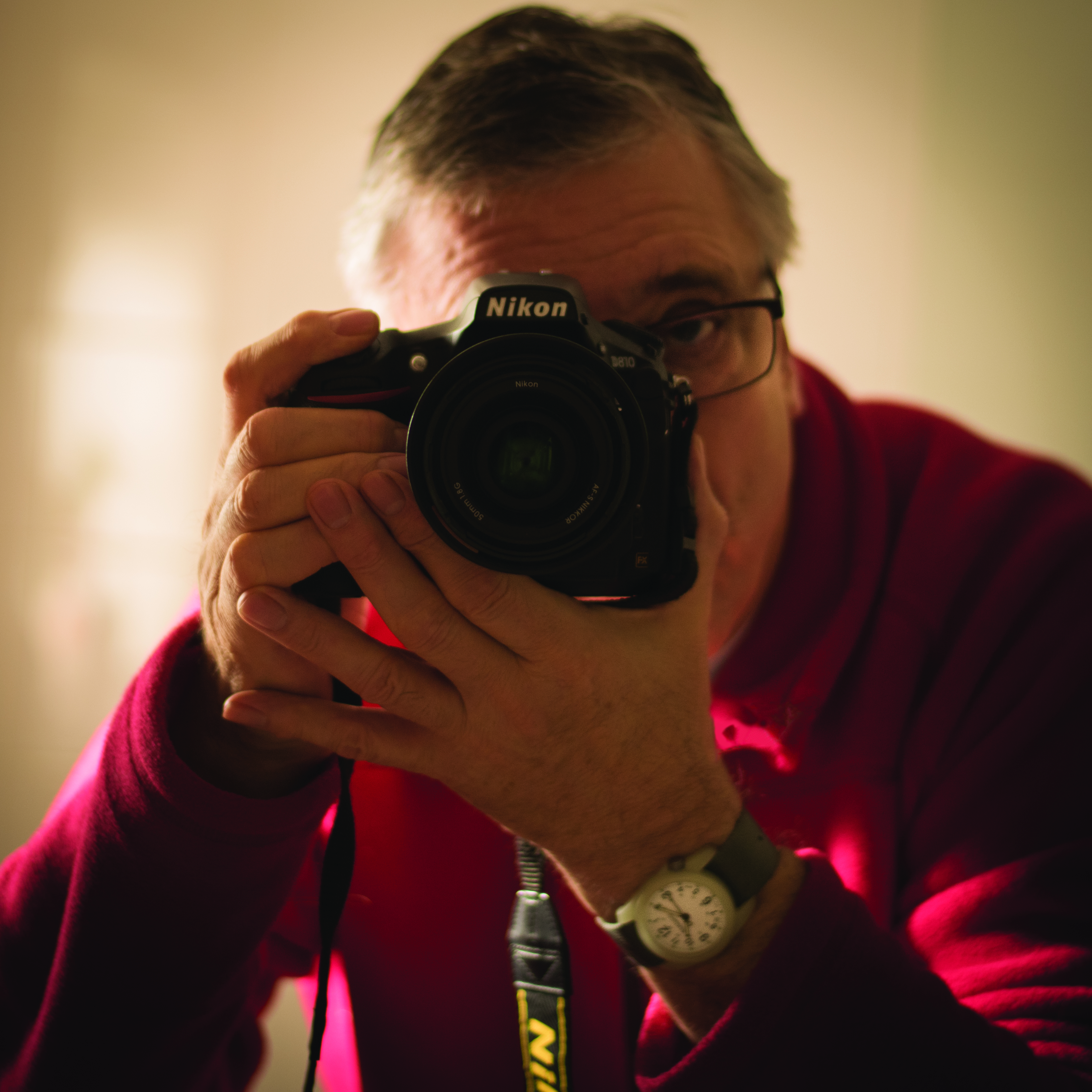Anything prefixed with the word ‘quantum’ immediately suggests ‘whacky’ science that no one understands applied to any subject believed to be in need of a facelift. This is a shame because it misunderstands what quantum mechanics (QM) has to offer.
My own journey into QM started in my very first class at university given by a particularly bad teacher who thought that the best use of our time was to ink in his notes reproduced on barely legible Roneostats. However, with a perversity of mind, which many say is typical of me, I decided to learn as much as I could about the weirdness that sits at the foundations of our physical world. Luckily better teachers came along and in due course, I grasped the mathematics of the subject. What became very clear, as I grappled with the Schrodinger Wave Equation, was the maths provided a perfect description of the way the quantum world behaved and that mathematics, largely formalised by Von Neuman in 1932, was able to make predictions of incredible precision. As one worked from predictions to implications the world became very strange indeed.
However, in recent years there have been a number of experiments in cognitive psychology that have produced similarly bizarre results. The conventional axioms of rationality, for example, fail in often the simplest test of human reasoning. One response is that pursued by Tversky and Kahneman, for example, is to assume that people are simply irrational and incapable of utilising base rate probabilities properly or that their reasoning is inevitably fallacious. Just like the famous double-slit experiment where light can be treated as either a stream of particles or as a wave of energy depending on how you wanted to view it, human cognition appears to have baffling contradictory results.
So where does QM come in? The answer is that the mathematics used to describe and explain quantum systems also neatly explains many of the peculiarities observed in human judgement under uncertainty. That doesn’t mean that consciousness or any other brain function is driven by quantum effects – there is no evidence for that – but that the maths uniquely developed to deal with the problems of the sub-atomic realm also work when explaining the problems of psychology and human judgement.
The implications are profound and one, in particular, has special relevance for us as photographers and that is the problem of superposition. In simple terms what superposition means is that a system can have two contradictory but coexisting states each with their own probability of occurring.
In the world of QM this implication was made famous with the example of Schrodinger’s Cat. The cat is in a box along with a phial of poison and a radioactive atom which if it decays will emit a pulse of energy that breaks the membrane of the phial and kills the cat. The problem is that at the quantum level the radioactive emission has two possible states: decay, not decay and, wait for it, both states exist together so the cat is simultaneously dead and alive at the same time. Nonsense, you answer, why not just have a look? The problem, as you do that, as you look into the box, the quantum state of superposition, or in the language of QM, the ‘wavefunction’ collapses and the cat is then either dead or alive. The cat is both dead and alive at the same time prior to opening the box and only by looking do you collapse the binary state and you end up with a live cat or a dead cat.
Now, nobody has tried the experiment with a cat but it has been done in many other experimental designs and yes, the inconceivable is true, the cat is both dead and alive at the same time until the moment you look or intervene in some other way.
As I discuss elsewhere, we often exist in a state of superposition. One state is what our non-conscious is aware of – our ‘gut’ if you prefer, and the other is what our conscious mind perceives. We can have two quite contradictory states as we look through the viewfinder: one state attuned to the being of the object before us, the other responding to the product of our senses. We press the shutter, that is the moment we look ‘in the box’ and it is at that moment that the camera captures the ephemeral moment of being or it just takes a snap. The problem is we only know what we have done when we have done it and not before – all we can do is shift the balance of probabilities of one outcome or the other, what we cannot do is render one or the other certain. We are, by our nature, constrained by the fundamental uncertainty that the principle of superposition imposes upon us.

Stodolna, A.S. et al (2013) Hydrogen Atoms under Magnification: Direct Observation of the Nodal Structure of Stark States, Physical Review Letters, https://link.aps.org/doi/10.1103/PhysRevLett.110.213001

Comments
Bob R
Comments are closed.